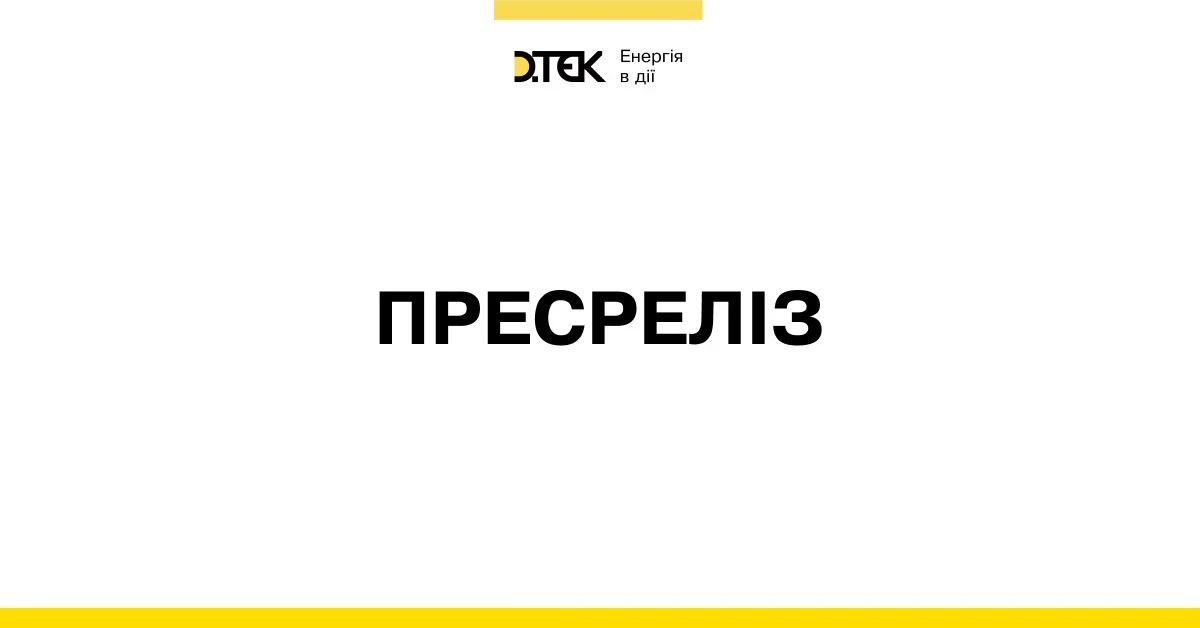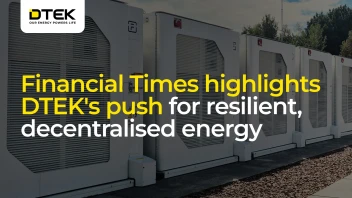DTEK has always stood up and will be standing up for the European choice made by Ukraine, a market-conscious, transparent and fair operating environment, and a level playing field for all market players. Implementation of the European incentive tariff setting model would allow Ukraine to attract investments into its power grid infrastructure, improve energy supply quality, and reduce network losses. It would have a positive impact on the investment climate, strengthen the energy security and facilitate further transformation of Ukraine’s energy sector. The methodology proposed by the National Energy and Utilities Regulatory Commission (NEURC) lacks economic incentives for investments, which the market participants and experts were looking for. It calls into question whether it makes sense for DSOs to switch to the incentive tariff setting system and casts doubts upon the prospects of successful infrastructure refresh and connection cost reduction.
On 26 Aug. 2020, the state Regulator (NEURC) adopted the Incentive Tariff Setting Method splitting company assets into the ‘old’ base with a 3% rate of return and a ‘new’ base with a 16.74% rate of return. As part of public discussions, market players and industry experts repeatedly provided economic calculations and justifications based upon the international experience and current state of the industry.
The Regulator failed to fully incorporate the market’s position and experts’ opinion. The adopted approach goes against the European practices used to implement the incentive-based tariff setting model, which does not create opportunities to raise external financing for asset upgrades and move upwards in the Doing Business rating on the back of cheaper customer connections.
For many years, Ukraine has been using the ‘Cost+’ system, which kept the level of investment in 1 km of grid in Ukraine down to USD 230/km, in contrast to USD1,500 - USD 3,000/km in European countries. This resulted in an 80% wear of the infrastructure of distribution system operators in Ukraine (DTEK’s distribution system operators: 70 - 75%). The required amount of investments for full renovation and upgrade of the grids is estimated at USD1,000 - USD1,200/km, while the methodology proposed by the NEURC limits investments to about USD450/km.
Enhancements and upgrades of the distribution grids are key to ensuring economic development and further transformation of the energy sector. Effective reforms of the tariff setting system lay down the foundation for grid infrastructure development.
DTEK has always stood up and will be standing up for the European choice made by Ukraine, a market-conscious, transparent and fair operating environment for all market players, and a level playing field for everyone. DTEK is confident that the incentive tariff setting system based on the European model can be implemented in Ukraine, and economic tools can balance out the interests of businesses and consumers.







